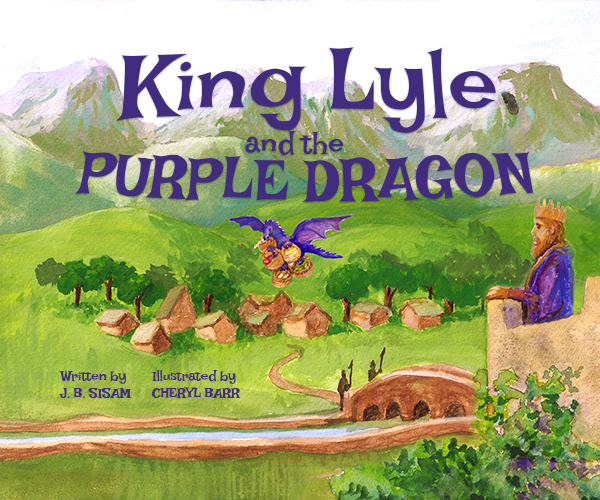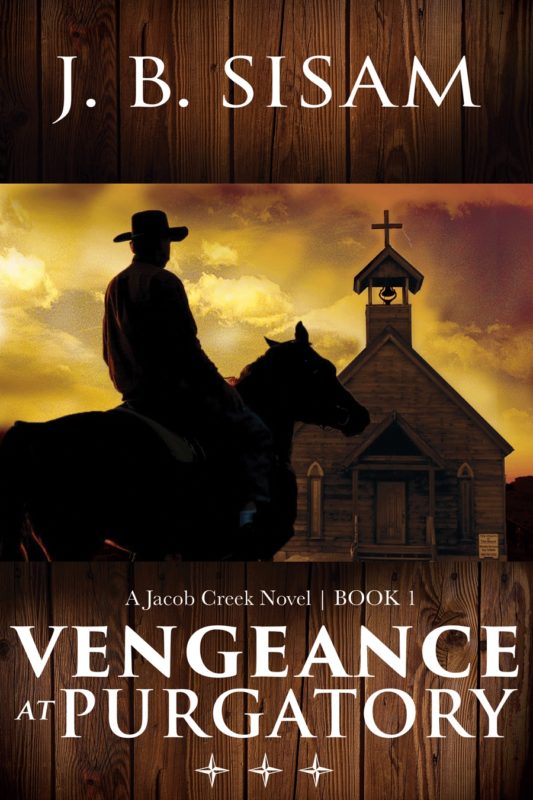Writing a book is daunting enough, but when you throw an elevator pitch into the mix, things tend to get complicated. This one seemingly small detail is one large problem for most writers. They simply don’t know what to write or how to write one.
Think about the organization you work for or the church you attend. More than likely, you’ll discover each business or ministry has a mission and vision statement. This one statement defines what the organization believes and what they hope to accomplish for their target audience. Books are no different. They need a quick statement that tells an editor, agent, or reader what the book is about and what it is promising
When I started writing, I had no clue what I was doing. In fact, I was embarrassed because I did not know what my book was about. Someone would ask me and I would fumble all over my idea until I would finish with something like, “And that’s what I plan on doing for my book.” In all honesty, I would spill the entire book and they would get this glazed over look to their eye.
I needed a proven plan to help me write an elevator pitch so I knew what I was writing and could in simple terms.
I want to give you 3 simple steps to creating your own elevator pitch for your work in progress.
1.) DISCOVER YOUR BOOKS MAIN TOPIC, WHO IT’S FOR, AND WHAT YOUR BOOK SHOULD ACCOMPLISH.
Idle thoughts die a lonely death. They rot in the subconscious of our brains. Take a moment, today, and write down all the book ideas you have floating around inside your heart.
I’m always coming up with new book ideas. I keep a list in Evernote of all my book ideas. Each idea has a sentence or two dedicated to it. When I’m hard up for an idea, I visit that list and pull from it.
2.) BEGIN BY WRITING DOWN SEVERAL PARAGRAPHS ABOUT YOUR BOOK.
For every book I write, I take time and write down everything I want this book to be about. I write down my characters, their ideas, thoughts, feelings, problems, and how I want the book to end. In other words, I want to write down a few paragraphs detailing my book from beginning to end. It seems like a hard task, but when you are able to finally see what your book is about, it’s easier to begin the process of finding your elevator pitch.
If you don’t know what your book is about or who it’s for, you’re sunk. Think about it, would you like to read a book that made no sense and seemed was written for everyone? NO! So why would you write that kind of book?
Take the time to jot down your thoughts on the main point you desire to make in your book. Who are you writing for? What do you want the reader to learn? If you answer those questions, you just may have a book worth writing.
3.) CREATING THE ELEVATOR PITCH!
This is an easy way to write down your WHY for the book. Using this is helpful for the pantsers. It allows you to get an overarching idea of what your book is before you commit to writing.
Here’s a simple outline for you to use:
My book ____state the title_______
is about ______idea/character____ | alt will help _______target audience___________
to do/understand __________goal of writing the book____
so that ___desired transformation______.
When I wrote my book, Divine Providence I needed a simple way to explain what the book was about. When I learned this concept from Michael Hyatt, it changed my world and how I talk about my books.
Here’s my elevator pitch for Divine Providence: “My book, Divine Providence, is about a young mother whose son has a near fatal accident and now needs a new heart or he’ll be dead before Christmas.”
The goal of an elevator pitch is to create drama and ask and answer questions at the same time.
For my book, Grace, “My book, Grace: What’s So Amazing About it? teaches believers that God’s grace is multifaceted and will help them discover there’s more to grace than simply salvation.”
No matter what style of writer you are, the goal of writing is to write a simple elevator pitch so that if you’re stuck in an elevator, you have until the next floor to tell the reader what your book is about.
Know what your book is about, know who your target audience is, and make sure you write a paragraph synopsis that way if you’re writing a query letter, you have all the parts needed to begin.


 Jason (J.B.) Sisam. Best-selling Amazon author of the Christian Early Reader book,
Jason (J.B.) Sisam. Best-selling Amazon author of the Christian Early Reader book, 










LEAVE A COMMENT HERE:
Please note: I reserve the right to delete comments that are offensive or off-topic. Also, this is a clean website, use of any language is not tolerated and your post will be deleted.